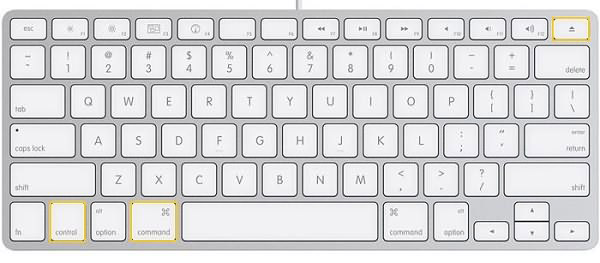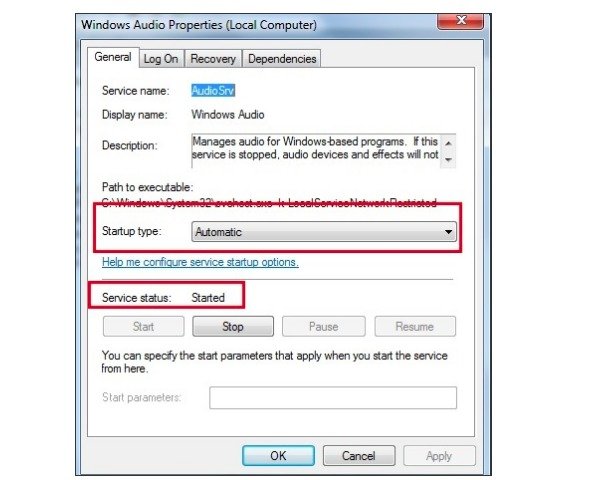

- #MAC RESTART AUDIO DEAEMON HOW TO#
- #MAC RESTART AUDIO DEAEMON FOR MAC#
- #MAC RESTART AUDIO DEAEMON UPDATE#
- #MAC RESTART AUDIO DEAEMON SOFTWARE#
- #MAC RESTART AUDIO DEAEMON MAC#
There are several commands to start the MySQL server via the terminal. Tap enter and it will restart audio daemon.
#MAC RESTART AUDIO DEAEMON MAC#
I can't find documentation on what is happening. Mac offers several ways to turn on MySQL. Either find it in Activity Monitor and force quit (it will immediately restart itself, fixing the problem), or type the following command into Terminal: sudo killall - 9 coreaudiod (You will need to type your password, just type it even if it doesnt show the s). However "docker-machine restart " clears out this custom data on the vm. With macOS Big Sur 11 or later, you can control whether your Mac plays this sound. Depending on which Mac and macOS you're using, you might hear a startup sound shortly after pressing the power button to turn on your Mac. In order to get my macbook to recognize it (display in audio/midi setup), I have to reboot, which is a hassle. I checked that this data is indeed stored on the boot2docker VM (created by docker-machine) and not on the container, so that it will persist. Use Sound settings to turn the startup sound (chime) on or off.

sbooth at 12:39 killing coreaudiod just to have an exclusive access to the audio looks horribly bad, IMHO.
#MAC RESTART AUDIO DEAEMON HOW TO#
#MAC RESTART AUDIO DEAEMON FOR MAC#
The solution is just that you install DockerDesktop for Mac and then you open the app like a normal mac app. As soon as it’s highlighted, click on the X icon at the top left of the Activity Monitor window, and it will automatically restart your Mac’s Core Audio process. In previous articles, I have explained how you can put your Mac in Safe Mode. Install and configure as follow: 'Settings' > 'General' > and check 'Start Docker Desktop when you log in'. Locate the search bar in the top right and type in coreaudiod, then click on it with your mouse or trackpad.
#MAC RESTART AUDIO DEAEMON SOFTWARE#
If your issue is caused by software that loads as your Mac starts, Safe Mode will help you fix it. Test your issue in Safe Mode and after you restart (in normal mode). You can also click on the System Preferences icon in the Dock. There are usecases where in I need to restart the daemon. I created a plist file and I was able to start the daemon successfully. Adjust the Output Volume slider from the bottom of the window The moment you adjust it, the audio should be unlocked. Click on the Apple menu located on the left side of the top menu bar. I have a scenario in which I need to run a java process as a daemon.

#MAC RESTART AUDIO DEAEMON UPDATE#
It is possible that Apple may have already addressed it, and you need to update your Mac to fix this problem. However, similar to launchctl stop this preserves existing ssh connections. After the reboot, you can connect to your Raspberry Pi via your Windows or macOS/Linux computer using the PuTTY or Terminal app respectively. This command slightly improves on launchctl stop because this does not rely on sshd automatically starting after you stop it. There may be a bug affecting a number of users. You can restart sshd on macOS by running: sudo launchctl kickstart -k system/. Now test your Mac is the dot still not working as expected? If your issue continues, see the next steps.Press and hold the power button to turn on your Mac.


 0 kommentar(er)
0 kommentar(er)
